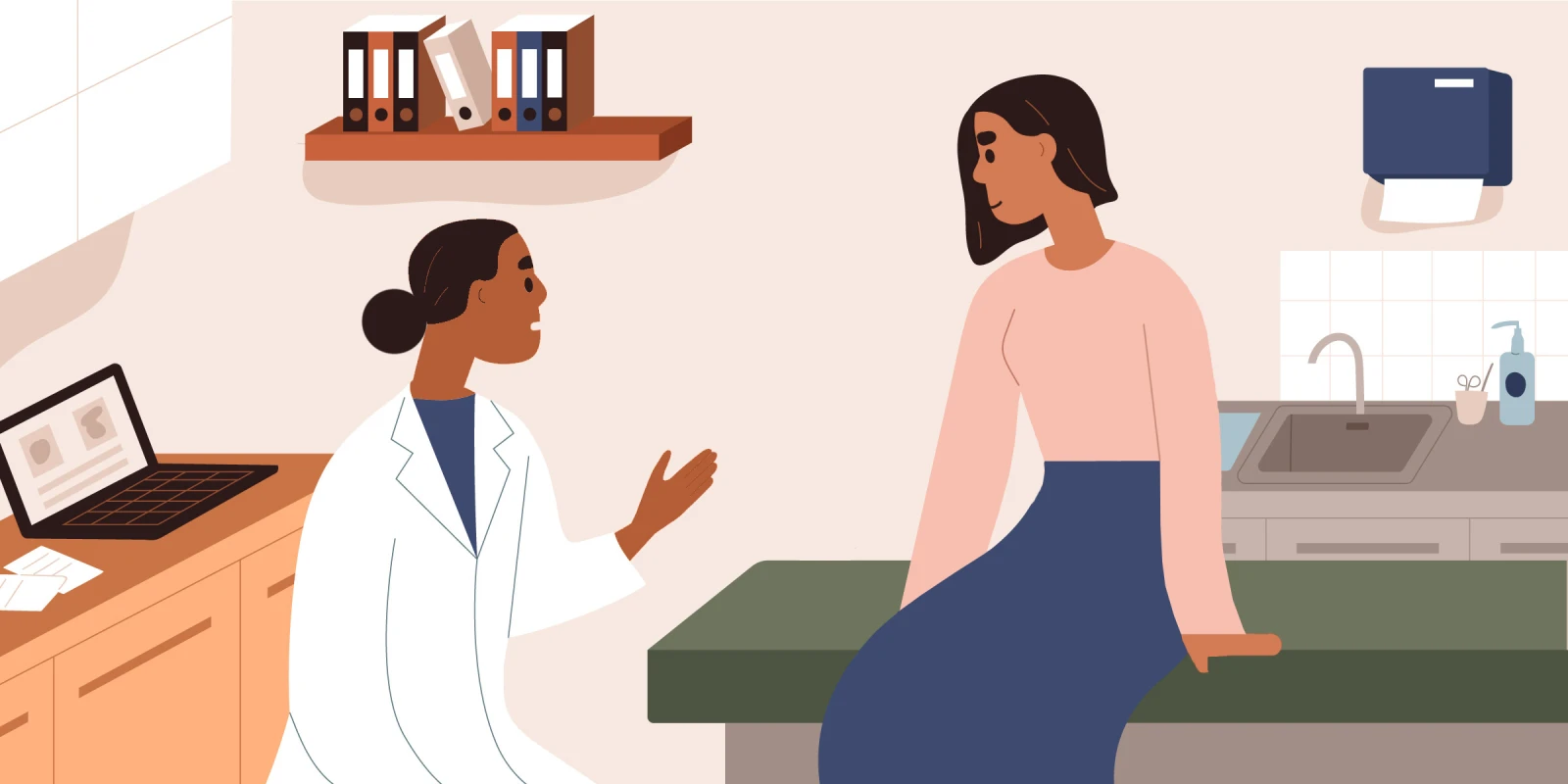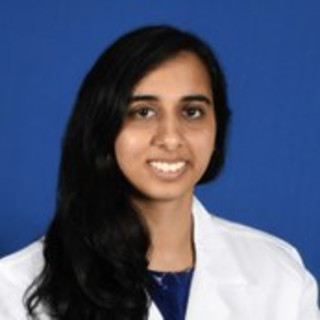As I progress through different phases of my medical training, patient communication is something I learn about on an almost daily basis. Throughout my journey, however, I have noticed that good communication has become increasingly complex for a myriad of reasons. As we progress through medical training, we are given increased responsibility, and difficult conversations with patients become more frequent. As medicine advances further, we must continuously update our own medical vocabulary and knowledge. The implementation of EMRs has increased the amount we communicate with patients, which can lead to communication burnout among medical professionals and has also made it more difficult to look at patients while speaking to them due to the need to log the patient interaction. As physicians, patient communication and understanding is very important, and we learn to constantly adjust the way we speak to patients throughout our careers.
In medical school, we are taught the art of speaking to the patient. This involves ensuring that we speak to our patients at a level they can understand using nonmedical terminology. The more successfully we employ this, the more our patients are able to benefit. Patient communication training ranges from meeting patients in a lecture setting, to practicing with trained actors and later analyzing video footage of our interaction, to real-world communication on the medical wards. Throughout this process, students are also privy to physician role models and educators speaking to patients, and learn to embody their styles. As we move through medical training, our own style evolves based on the specialties we choose, where we practice, and the conversations we have most frequently with our patients.
Difficult conversations are the most challenging to train students for, and this sort of communication is often fully developed after the medical school phase. For myself, difficult conversations involve speaking to patients about unknown visual prognoses and procedures that may seem uncomfortable and daunting, and offering comfort when patients experience visual symptoms that give them reason for concern. Studies have shown that difficult patient encounters account for about 15% of all patient interactions in ambulatory medicine. In ophthalmology specifically, there is a dearth of knowledge about factors that create difficult conversations between the patient and the clinician. However, a key aspect in communicating with ophthalmologic patients is setting realistic expectations about functional vision. In doing so, this creates a more honest and open forum for discussion between patient and physician.
A 2011 study estimated that “the doubling time of medical knowledge in 1950 was 50 years; in 1980, 7 years, and in 2010, 3.5 years. In 2020, it is projected to be just 73 days.” This fact is sobering because it shows us how quickly what we learn can become obsolete, and how much importance medical education will have throughout the lives of currently practicing physicians. Advances in medical knowledge often involve advances in diagnostics and therapeutics, and keeping up with these advances is critical in being able to communicate the most updated treatments. Attending national meetings and reading high-impact articles and literature reviews is a good start to keeping up with pertinent advances in your medical specialty. However, with increased expectations for the number of patient visits, keeping up with medical knowledge will continue to be a challenge to medical clinicians.
The advancement of technology has led to many changes in medicine. EMRs allow increased organization of patient information and more ease of access to patients’ past medical history, but have created a challenge in the patient-physician interaction, where physicians are often forced to speak to the patient while looking at a screen to maintain an effective workflow and ensure that they are not missing vital patient details.
One suggestion to improve the physician-patient interaction in the age of the EMR is to involve the patient in the charting process by letting them actively see images and test results. However, this process can be time-consuming in a busy clinic and can hinder clinician workflow. A second suggestion is to review patient data and pre-type the note before entering the patient’s room. A third suggestion would be to use templates for documentation and work on improving your own typing and computer skills. More research is needed to determine ways to smoothly incorporate the EMR into the patient reaction, and more studies are being conducted on this new area of “EHR etiquette.”
Learning to communicate properly with patients is one of the most important skills a physician can possess. Communication style is often the biggest thing a patient walks away associating with a clinician, more so than medical expertise or any other factor that is less apparent in their interaction. With growing technology and advances in medical knowledge, this interaction has become more complex and involves constant learning and improvement. As physicians, we must evolve and change with our field and remember to always involve our patients in their own care.
What are your best practices when communicating with patients? Share in the comments.
Dr. Rabia Karani is a vitreoretinal surgery fellow at the Johns Hopkins Wilmer Eye Institute. She finished her ophthalmology residency at Columbia University in NYC and is a native of Houston. Her interests include public health ophthalmology, prevention of chronic diseases such as diabetes, and using imaging and technology to further develop treatments for retinal disease. Outside of work, she enjoys exploring museums and cities, learning about nature and animals, and traveling. Dr. Karani is a 2022–2023 Doximity Op-Med Fellow.
Image by GoodStudio / Shutterstock







